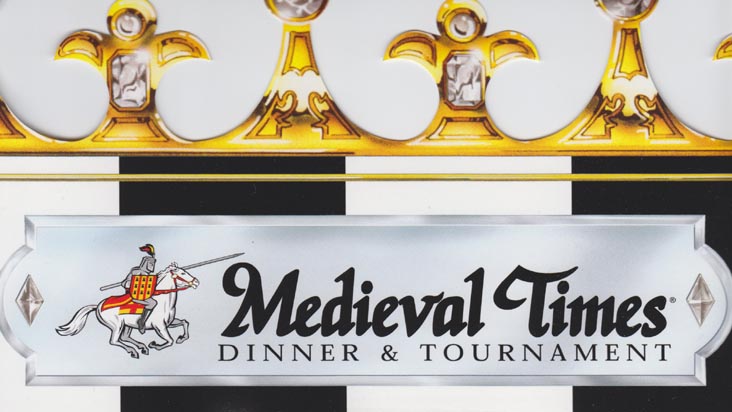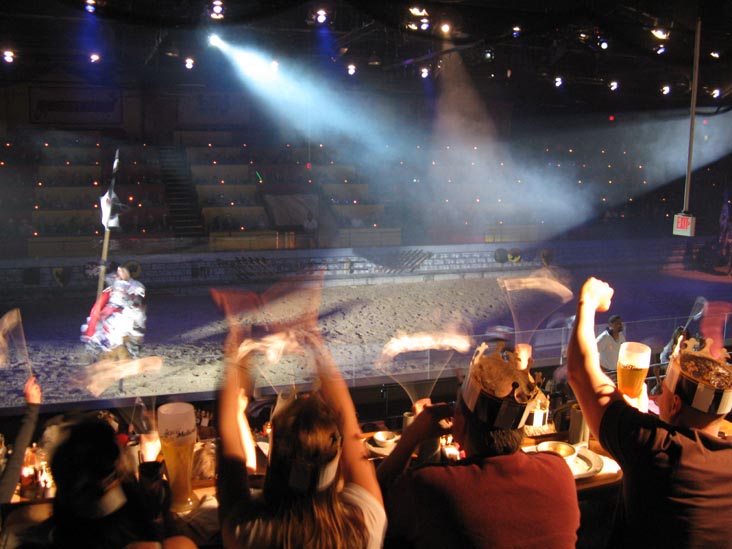


“Despite its insularity, England was far from an isolated kingdom. The Clare Chasuble, woven in Iran and embroidered in England. Marie Lavandier, the president of France’s National Monuments Centre, said: “The exhibition is astonishing as it highlights the extraordinary richness of the artistic exchanges that united England with continental Europe in medieval times. If you look at Lincoln or Salisbury cathedrals, they are up there with the best gothic architecture anywhere,” Robinson said.Īmong the exhibits at the Paris exhibition that opens on Friday at the Hôtel de la Marine are rare treasures that escaped the 16th and 17th century pillage and destruction, including the Gloucester Candlestick, the Becket Casket, the Clare Chasuble, the Luck of Edenhall and the Syon Cope. “As a result, France became the canon of gothic arts and architecture, but what is often overlooked is that the English were equally competent. “All things of value were spoiled, plucked away or utterly defaced … and it seemed every person was intent upon filching and spoiling what he could,” wrote Michael Sherbrook, the 16th-century rector of Wickersley near Roche Abbey, in South Yorkshire, whose father had witnessed the spoliation when the local monks surrendered the abbey to the king’s commissioners in 1538. The English Reformation, after Henry VIII wrested the Church of England away from the authority of the pope and Catholic church in Rome, saw the king’s chief minister, Thomas Cromwell, close down the country’s monasteries, confiscating their riches and in many cases dismantling the buildings. As well as religious furniture and reliquaries, the period saw a boom in paintings, illuminated manuscripts, sculptures, tapestries and intricate embroideries. Gothic style, most spectacularly expressed in architecture, was the predominant art form in 13th-15th century Europe and saw the creation of breathtaking cathedrals. While continental Europe tended to retain its church treasuries, ours were dismantled and destroyed.” “This misunderstanding about the supremacy of French culture is because so much of the evidence was destroyed by us … nowhere was left untouched by the Reformation. Unfortunately, while France and other European countries largely preserved their medieval treasures, England’s artistic heritage was “systematically and ruthlessly decimated” by the 16th-century Reformation and the revolution led by Oliver Cromwell in the 1640s, he said.


 0 kommentar(er)
0 kommentar(er)
